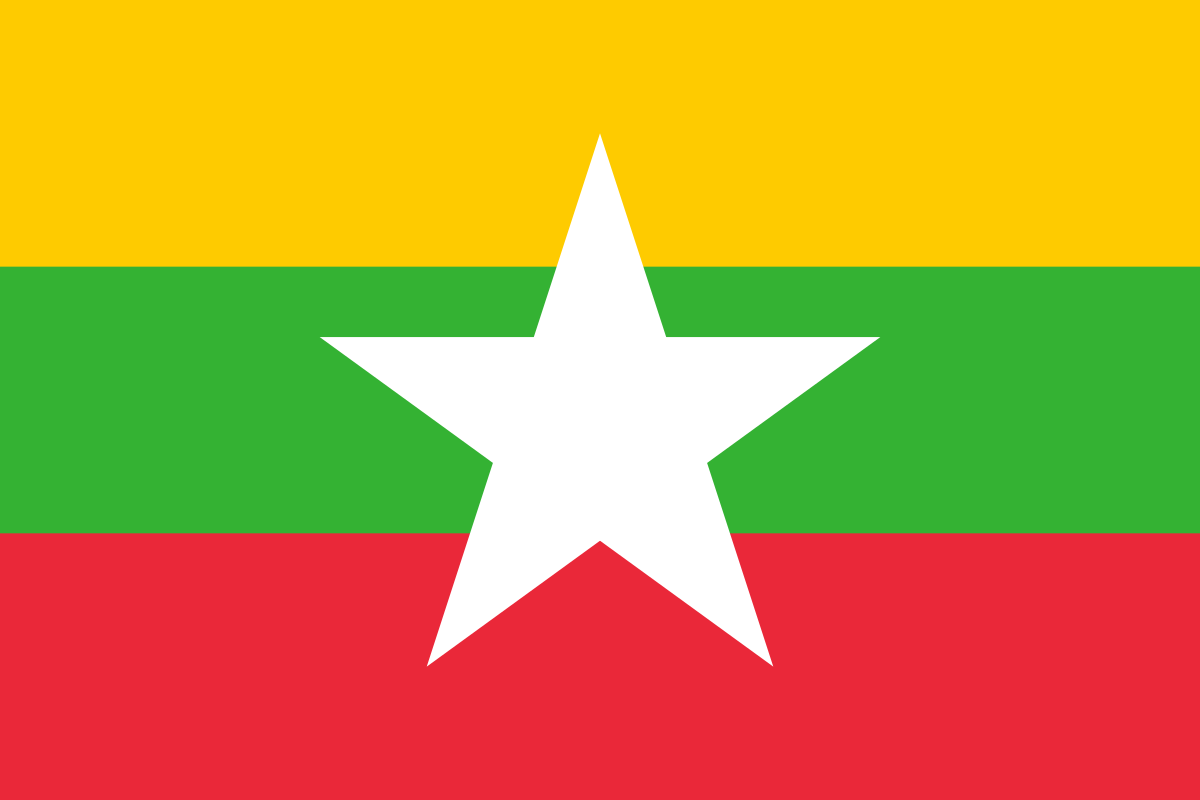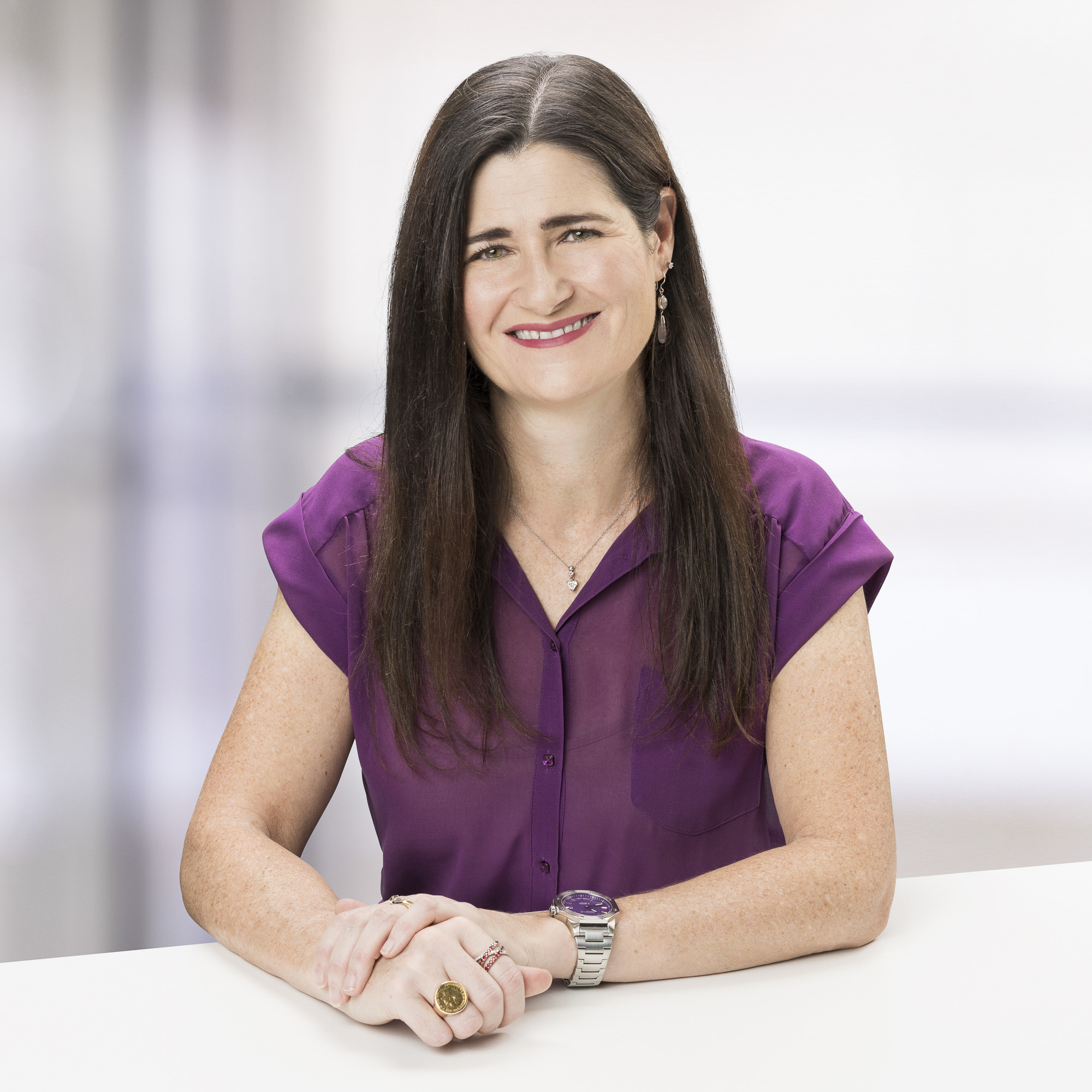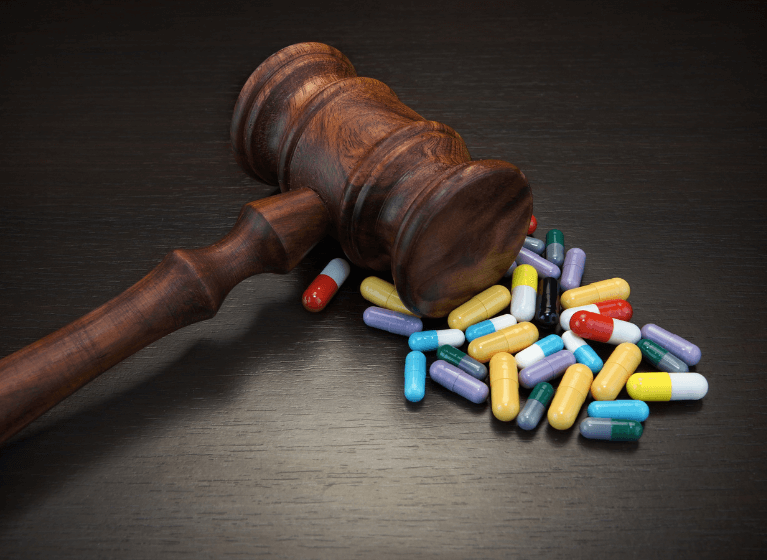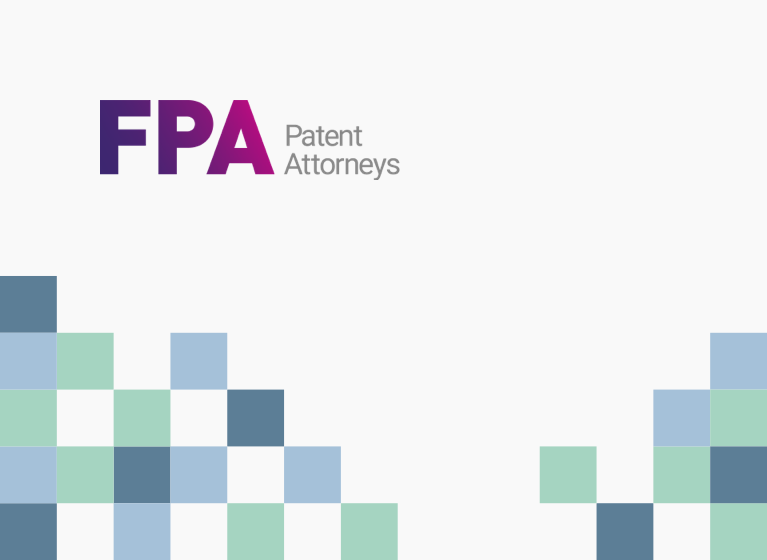| Country | Key Changes |
|---|---|
 Singapore |
Procedure and/or Practice
|
 Indonesia |
Procedure and/or Practice
|
 Malaysia |
Case Law
Procedure and/or Practice
|
 Philippines |
Case Law
Procedure and/or Practice
|
 Thailand |
Procedure and/or Practice
|
 Vietnam |
Procedure and/or Practice
|
 Myanmar |
Procedure and/or Practice
|
FPA Patent AttorneysNews & InsightsInsightsSoutheast Asia snapshot – Changes in patent practice in 2024
Authors
Share
Karen’s focus: biotechnology, food technology, pharmaceutical, agricultural and life sciences.
Learn more about KarenDesmond’s focus: engineering, clean energy technology, computing and telecommunications, and medical technology.
Learn more about DesmondRelated news & insights
 Insights — 21 March 2025
Insights — 21 March 2025
Australia’s energy transition at the crossroads: Offshore wind turbines or nuclear reactors?
 Insights — 14 February 2025
Insights — 14 February 2025



